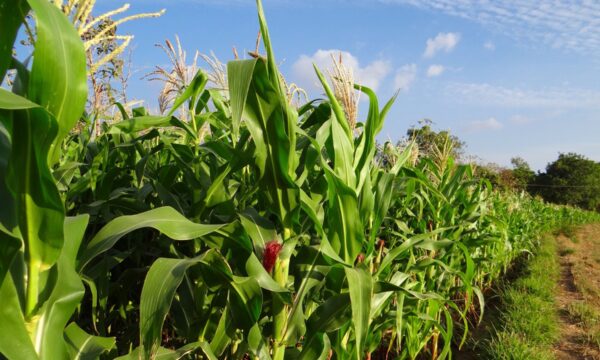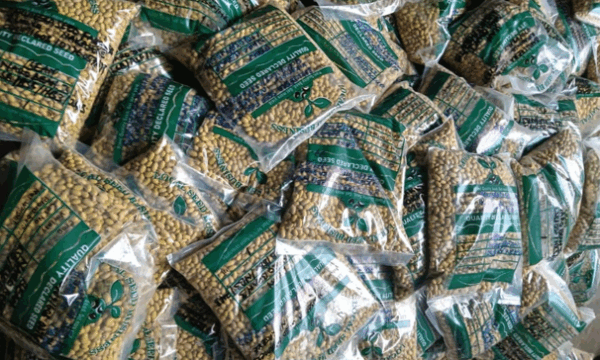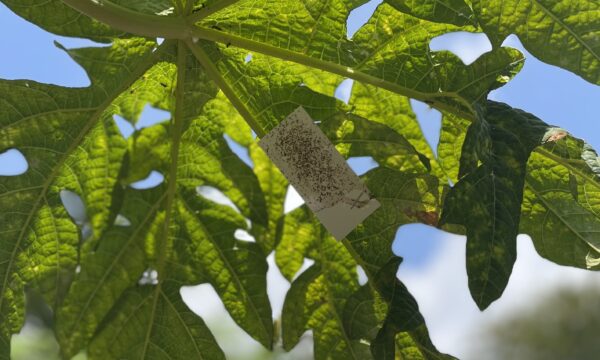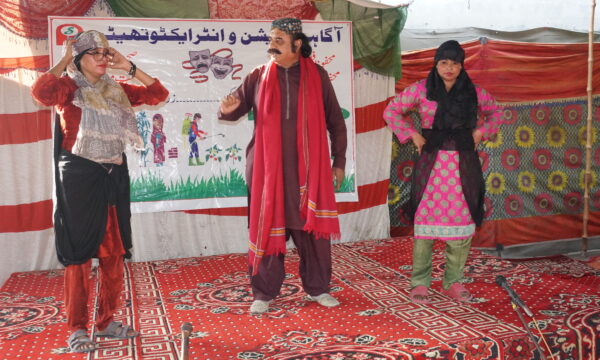You’d think, from the vast variety of international cuisines that line our high streets and supermarket shelves, that globalisation was widening the global palate. Recent evidence suggests it’s just not the case. As the global diet narrows, concerns are growing for the world’s food security and the ecological implications of setting up a ‘global monoculture’.
A recent PNAS study found that the variety of crops we are eating is narrowing. It found that in the last 50 years the global diet has homogenised on average by 16.7%. The highest rates of homogenisation are being seen in East and Southeast Asian and sub-Saharan countries. Diets are tending to ‘westernise’ with wheat, rice and oils becoming much more popular. More traditional local foods like sorghum, cassava and millet are contributing less to the global diet.
This graph shows the crops which are being grown more or less as the global diet homogenises.

Slope of the change in relative abundance of crop commodities in contribution to calories, as derived from the value contributed by a particular crop relative to the sum of all crops within a given country within a given year. (Source Khoury et al 2014)
There are reasons for worrying about the homogenisation of the global diet and the implications that it might have on food security. As the paper puts it:
“The growth in reliance worldwide on these crops heightens interdependence among countries in their food suppliers, plant genetic resources, and nutritional priorities.”
Plantwise helps plant clinics run around the world so that farmers can meet with local extension workers and receive advice on crop pest and disease problems. I recently met with some of these extension workers at a clinic in Kenya. They explained to me that, more and more frequently, farmers are bringing in cash crops which have never been grown in that region before. The crops have not evolved alongside the native pests and diseases and are highly susceptible to attack. They are coming to the extension workers for advice but these local experts are often meeting these crops for the first time. This makes it very hard for them to know the best advice to give farmers. These Kenyan extension workers were asking me, as part of the team working on the Knowledge Bank, which makes resources available to their clinics, to provide more information on diagnosing and treating the pests and diseases of these new crops, especially horticultural crops. Meeting this need may become increasingly key as farmers move away from traditional crops and invest more of their farming efforts into cash crops for a homogenising global market.
Related News & Blogs
How plant clinics are strengthening crop health services in Bangladesh
When the first-ever plant clinic in Bangladesh opened in Dhaka in 2013, it initially faced a lack of interest due to its novelty and limited awareness among farmers. However, it went on to expand, providing advice to over 17,000 farmers and led to the…
2 July 2025





